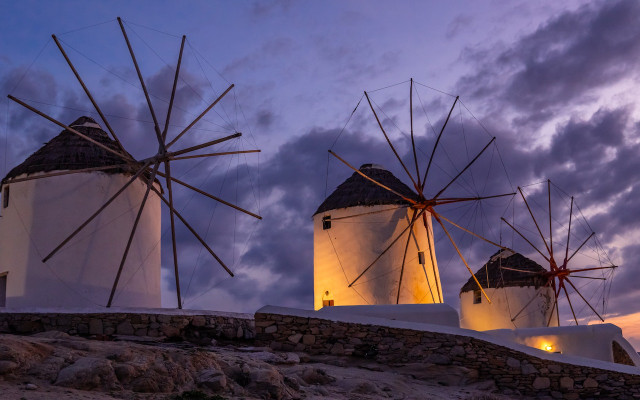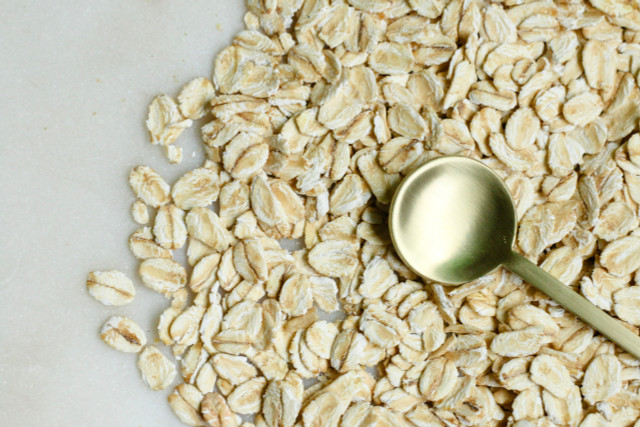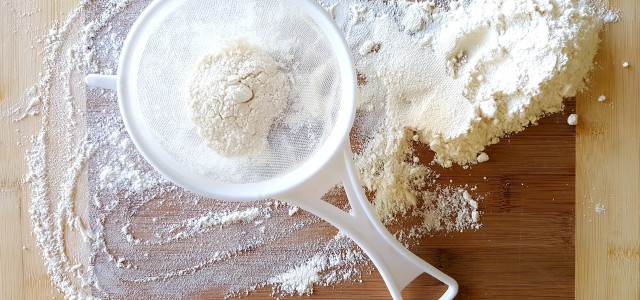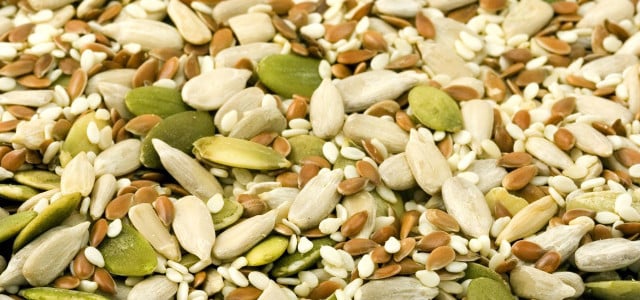Is flour vegan? Being a full-time vegan requires a lot of attention to ingredient labels and sometimes, certain products you may have always thought were completely plant based turn out not to be. We’ll take a closer look at whether or not flour is one of them.
Flour is one of the oldest and most important ingredients in baking around the world. With so many different varieties in existence today, it’s hard to tell which is the best type to use. For vegan bakers, it’s especially important to pay close attention to the ingredients list to make sure the flour hasn’t been fortified with any animal byproducts.
Is Flour Vegan?
The majority of flours are plant-based and cruelty-free, making them absolutely suitable for vegans. One exception is insect flour – but as its a very niche product, you probably won’t come across it in your local grocery store.
In the past, there has been some suspicion surrounding the bleaching process involved in the production of some flours. Manufacturers were thought to be using a bone char process similar to the one used in the production of white sugar. In the end, there was not conclusive evidence to support that claim. If you aren’t sure, you can always opt for unbleached flour.
As a vegan, the only thing in some flours that you may need to watch out for is L-Cysteine, an amino acid that is sometimes used as a reducing agent in baking. The problem with L-Cysteine is that it’s derived from both human and animal sources, such as goose/duck feathers, human hair, swine bristles, and hooves. Luckily, it’s not quite as common anymore these days, and if a flour does contain it, it has to be labeled as either as L-Cysteine or E920 on the ingredients list.
How Flour is Made



Flour is made through the grinding of grains, nuts or seeds, though sometimes roots and beans are also used. The majority of flour consumed is the US is wheat flour.
The Milling Process
The earliest forms of flour were likely created using a mortar and pestle. When flour milling first began, grains were ground between two large stones called millstones. Now, the majority of wheat is no longer stone-ground, but is produced in a roller mill instead. The main job of the roller mill is to separate and grind the three components of a wheat seed: the white endosperm (starch used to make refined flour), the wheat germ (vitamin and mineral-rich inner part) and the outer bran layers.
- Cleaning: The wheat is washed and cleaned and impurities are removed
- Conditioning: The cleaned wheat is transferred to a conditioning bin for 24 hours to achieve optimal moisture content, allowing the bran to soften.
- Gristing: This part of the process combines different types and amounts of wheat in order to create a certain quality of flour.
- Crushing: The grain passes through a series of rotating rollers and is sieved between each set to separate the bran from the endosperm.
- Sifting: The flour is sifted to a desired fineness, and the coarse particles go through the crushing process again.
- Adding Nutrients: Before flour is packaged, it is often enriched with vitamins and nutrients which have been removed in the milling process. These often include calcium, iron, niacin and thiamin.
Did You Know? Whole-grain flours have a shorter shelf life because the bran and germ contain fats that spoil quickly.
Best Flours for Vegan Baking



Even though many kinds of regular white flour are vegan, using different sorts of flour helps promote biodiversity and reduce monoculture farming. If you want to reduce the amount of conventional wheat flour that you use, there are many different delicious and nutritious options available to try. To protect your health as well as the environment, try to choose organic flour whenever possible.
- Almond Flour
- Buckwheat Flour
- Chickpea Flour
- Coconut Flour
- Konjac Flour
- Linseed Flour
- Oat Flour
- Pumpkin Seed Flour
- Quinoa Flour
- Rice Flour
- Walnut Flour
Note: Keep in mind that you can’t always substitute these flours for wheat flour at a 1:1 ratio; it pays to do some research!
Make Your Own Vegan Flour



If you want to be completely sure that your flour is vegan, you can try making your own flour at home using these simple steps:
- Choose your favorite whole grain, nut, or seed.
- Rinse the grains using a colander to remove the powdery coating.
- Fill the amount you need into a coffee grinder, food processor, or blender, and start the grinding process.
- Once you reach your desired fineness, you’re done!
Do you like this post?







